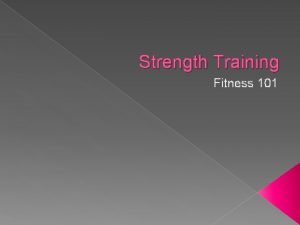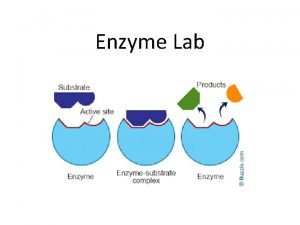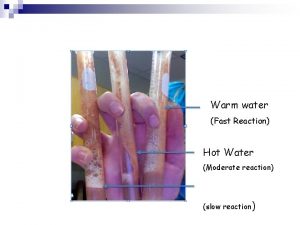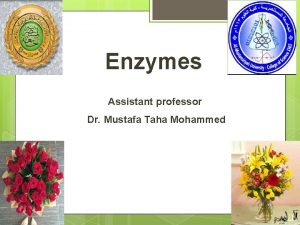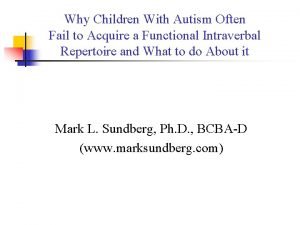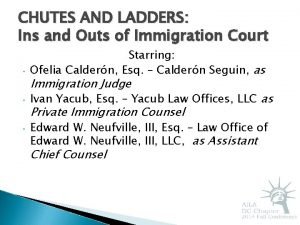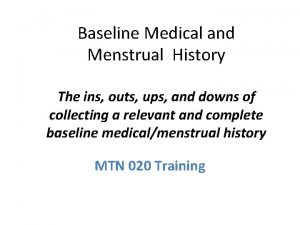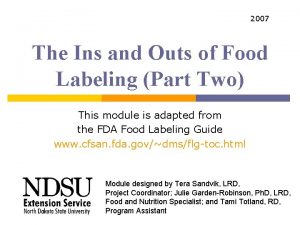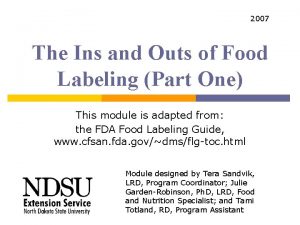The Ins and Outs of Energy in Reactions















- Slides: 15

The In’s and Out’s of Energy in Reactions THERMOCHEMICAL EQUATIONS

The Chef’s Recipe for Successful Cooking If the only product is Ca(OH)2 (s), calculate the heat released per mole. If the only product is Ca(OH)2 (aq), calculate the heat released per mole. Chemical Heat of Formation (k. J/mole) Ca. O (s) -635. 1 Ca(OH)2 (s) -986. 1 Ca(OH)2 (aq) -1002. 8 H 2 O (l) -285. 8

Energetic Objectives Determine the heat absorbed or released by a chemical reaction using calorimetry. Classify reactions as being either endothermic or exothermic based on experimental data. Write a thermochemical equation that correctly reflects the stoichiometry of the reaction. Use thermochemical equations to calculate energy changes in chemical reactions.

Endothermic and Exothermic Reactions – Pre Lab Items 1) Complete pre-lab questions (if you didn’t the night before) 2) Write hypothesis that answers the lab question in a complete sentence. You may discuss this with your lab partner. 3) Get questions checked/stamped by instructor BEFORE going into the lab. 4) SAFETY FIRST!!!

Endothermic and Exothermic Reactions – Lab Instructions 1. Follow all safety rules and wear safety gear correctly at all times. 2. Follow the directions on the student handout carefully. 3. Dispose of all used chemicals according to the directions. You will find a waste container at the front of the lab. 4. During last 10 minutes of lab, you will clean up your lab area and put away all materials you used. DO NOT REMOVE GOGGLES OR APRON UNTIL EVERYTHING IS CLEAN AND PUT AWAY. 5. After you have finished the lab, you will sit down with your partner at your desk and complete the calculations for the lab.

Endothermic and Exothermic Reactions – Post Lab

THERMOCHEMISTRY Thermochemistry – study of heat changes that accompany chemical reactions and phase changes in an exothermic reaction or process, heat energy is a product or is released in an endothermic reaction or process, heat energy is a reactant or is absorbed involves heat change in the universe: system – specific part of the universe that contains the reaction or process you wish to study surroundings – everything in the universe other than the system universe = system + surroundings

ENTHALPY

EXOTHERMIC VS ENDOTHERMIC EXOTHERMIC for an exothermic reaction, Hreactants > Hproducts therefore ΔHrxn is negative ENDOTHERMIC for an endothermic reaction, Hreactants< Hproducts therefore ΔHrxn is positive Remember that Q is the heat lost or gained. The enthalpy change (ΔH) us equal to Q at constant pressure. Assume that Q = ΔHrxn in all problems.

Thermochemical Equations Where did this number come from? ? ?

The Chef’s Recipe for Successful Cooking – a Second Look If the only product is Ca(OH)2 (s), calculate the heat released per mole. If the only product is Ca(OH)2 (aq), calculate the heat released per mole. Chemical Heat of Formation (k. J/mole) Ca. O (s) -635. 1 Ca(OH)2 (s) -986. 1 Ca(OH)2 (aq) -1002. 8 H 2 O (l) -285. 8

Energy and Stoichiometry

Energy and Stoichiometry

Now It’s Your Turn! Work with your lab partner to complete the post-lab questions. Write a complete conclusion for the lab. Write using correct grammar, spelling, and punctuation. Use complete sentences and complete thoughts. When you finish the post-lab questions and the conclusion, you will begin to work on the Thermochemical Equations Problem Set. HW: Complete the problems in the Thermochemical Equations Problem Set

What’s Your Energy Level?
 The ins and outs of sarah
The ins and outs of sarah Pectorials
Pectorials Enzyme cut-outs activity answer key
Enzyme cut-outs activity answer key Fast reactions
Fast reactions Chemical reactions section 2 classifying chemical reactions
Chemical reactions section 2 classifying chemical reactions 5 examples of redox reaction
5 examples of redox reaction Section 2 classifying chemical reactions worksheet answers
Section 2 classifying chemical reactions worksheet answers Chemical reactions section 3 reactions in aqueous solutions
Chemical reactions section 3 reactions in aqueous solutions Unit 5 chemical reactions answers
Unit 5 chemical reactions answers Energy energy transfer and general energy analysis
Energy energy transfer and general energy analysis Energy energy transfer and general energy analysis
Energy energy transfer and general energy analysis Are enzymes tertiary or quaternary
Are enzymes tertiary or quaternary Intraverbal fill-ins examples
Intraverbal fill-ins examples Hình ảnh bộ gõ cơ thể búng tay
Hình ảnh bộ gõ cơ thể búng tay Librarians interface in gsdl
Librarians interface in gsdl Nashville lunch counter sit ins
Nashville lunch counter sit ins

